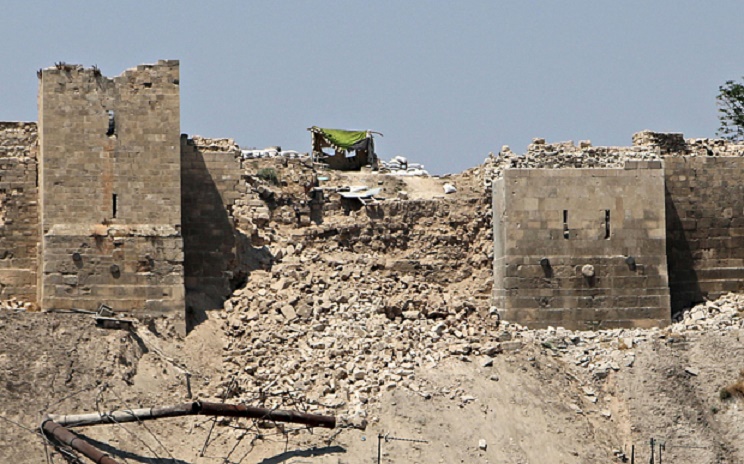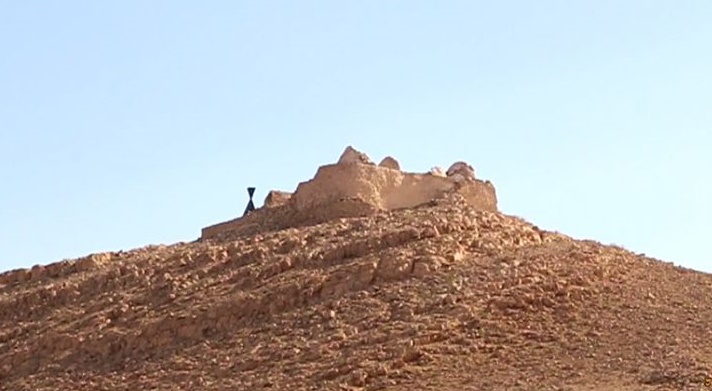Sew La Ti Embroidery:
Syria
Near East: Blast in Aleppo does major damage to citadel wall

Syria: Turkey not returning smuggled artefacts to Syria

Near East: UNESCO condemns destruction at Palmyra

Near East: ISIS smashes priceless Palmyra artefacts

Near East: UNESCO to monitor ancient sites by satellite

Near East: Islamic State blows up two mausoleums in Palmyra

Near East: Islamic State plant explosives at ancient Palmyra

Near East: Famed Syria mosaic museum damaged in barrel bombing

Travel: Key Artifacts from ISIS-endangered Palmyra, Syria on view at the Freer and Sackler Galleries

Middle East: UN nations agree to action to save Iraqi cultural sites

Near East: ISIS spares Palmyra’s stunning ruins - for now
